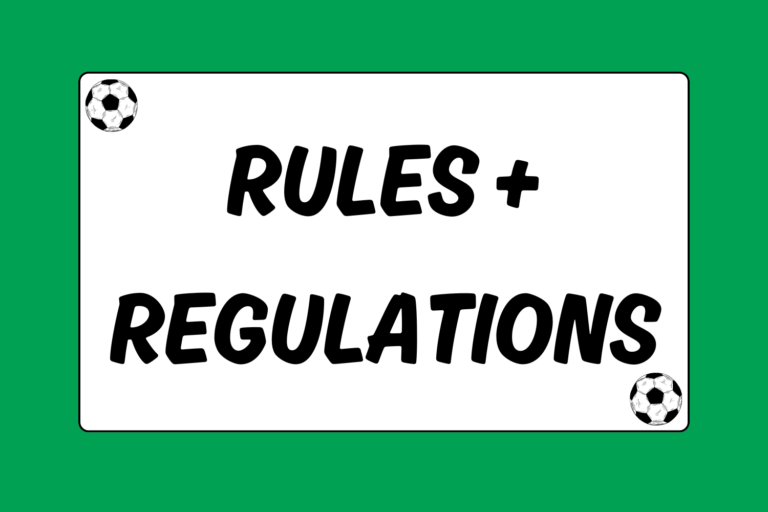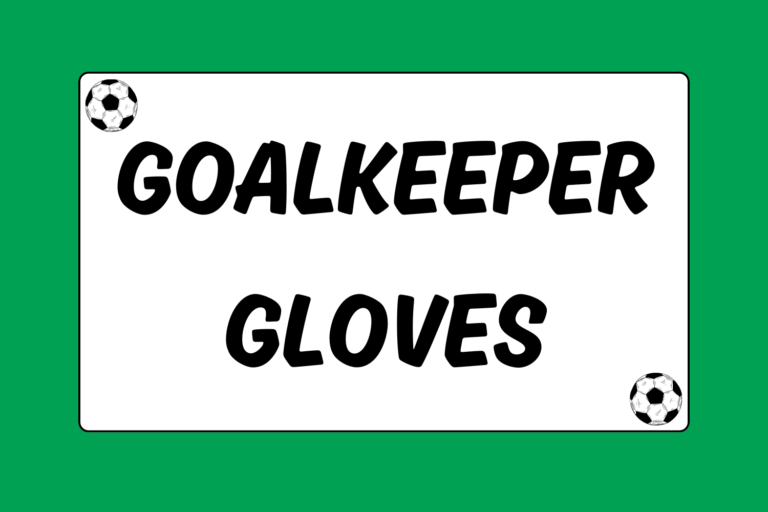In soccer, the key to being successful as a team is talking to your teammates on the field during games. Good communication habits can make the difference between a good team and a great one. Teams that communicate well commit fewer errors, make better passes, and are prepared for defenders marking them from behind.
On the other hand, a lack of communication often results in coverage mistakes and getting caught off-guard. It also becomes harder to string passes together and maintain possession, especially in the midfield. If your team is underperforming, it’s likely that a little work on communication could be the remedy.
Keep it Simple
Good communication is not difficult to achieve. It’s as simple as calling out sprinting defenders to a teammate, or shouting the name of someone who’s open. When team leaders decide to make it a habit, good communication becomes contagious and benefits everyone on the field.
Good communication habits should include the following tendencies:
- Shorter is better: Most everything you will need to say to a teammate in a game situation will involve one or two words. Don’t use long phrases or sentences, and keep it short. Do this in practice and scrimmages so it becomes a habit at game time.
- Make it part of your team’s culture: Call out defenders or open teammates, even if you think the player you’re talking to might already know. When it becomes a habit, everyone on the field will expect it.
- Be firm: Use an assertive tone. Soccer is an aggressive game, and not for the meek or quiet. Don’t be afraid to come out of your shell a little bit to help a teammate get an advantage over a defender.
- Be quick: Making quick decisions is an important soccer skill; it gets more important as you increase your level of play. Telling your teammates where to go with the ball means they can simply move, instead of stopping and turning around to check for markers first.
Hot Tip: Talk it out
Coaches should emphasize good communication during scrimmages to help make it a habit. Commend players for talking, and stop play to point out when communication would have helped.
Communicating on Offense
Becoming a better team means moving fast while making good decisions. This is especially true on offense, where a few rugged defenders can take you completely out of your game.
It’s helpful to get into the habit of talking to your teammate when you pass him the ball. A few directions you can call out to your teammate receiving a pass include:
- Man on: When your teammate is being closely marked from behind, or when a defender is sprinting to mark the ball.
- All the way: Good advice when your teammate has an open path to the goal.
- Time: Signals to your teammate that he has plenty of time to make his next move before the defense arrives.
- Back/Give-and-Go: This tells your teammate to look to pass it back after you cut to an open area of the field.
- Line/Sideline: Look toward the sideline for the next open pass.
- Cross: Look to cross the ball to the opposite side of the field with a long pass.
Open men can also signal to a teammate that they are ready for a pass. There’s nothing wrong with demanding the ball when you have a scoring opportunity that your teammate may not see. In competitive soccer, scoring opportunities can be very hard to come by. If you are open or sprinting through a lane to the goal, make it known you’re in a potential scoring situation; shout it out if you have to by yelling, “OPEN!!”
Communicating on Defense
Teams that are struggling to contain opposing offenses must work on communicating assignments to keep every man marked. This is especially important during corner kicks and set pieces, when offensive players have time to get set and confuse the defense.
Using just a few defensive commands can make a big difference:
- Mark (player’s jersey number): This tells a teammate to defend a specific player. It’s most helpful when a goalkeeper tells a teammate to mark a dangerous offensive player.
- Switch: On defense, this means changing defensive assignments after an offensive player crosses to the opposite side of the field.
- Contain: When defending a break situation, this tells a defender to stop a dribbling player’s momentum until defensive help can arrive.
- Near/far side: These commands from the goalie help get a defense along the two posts, especially against set plays.
- Clear: This command tells a defensive player to clear the ball upfield or out-of-bounds, instead of looking to pass the ball to a teammate.
Mental Edge
Communication on the field has to be constructive and team-oriented. You might get frustrated during a game — especially if you are losing — but keep your words positive. Positive communication builds confidence and gets your team pointed in the right direction.
Communication Drill
Here’s a simple drill for players learning to communicate:
- Spread 4-6 players out in a circle and have them connect with crisp passes to each other.
- As a player passes the ball, he should call out the name of the person who should receive the next pass.
- Players should make two-touch passes, trapping the ball and passing quickly.
- Rotate the players in the circle so that players have to look for the target of the pass.
Players as Communicators
In the end, it’s up to the players on the field to communicate with their teammates. Coaches can tell players to talk more and have them practice it in scrimmages and drills. But it’ll only stick if it becomes part of a team’s culture. Players who receive help from their teammates are more likely to alert them to hard-charging defenders, open space on the field, and scoring opportunities.




